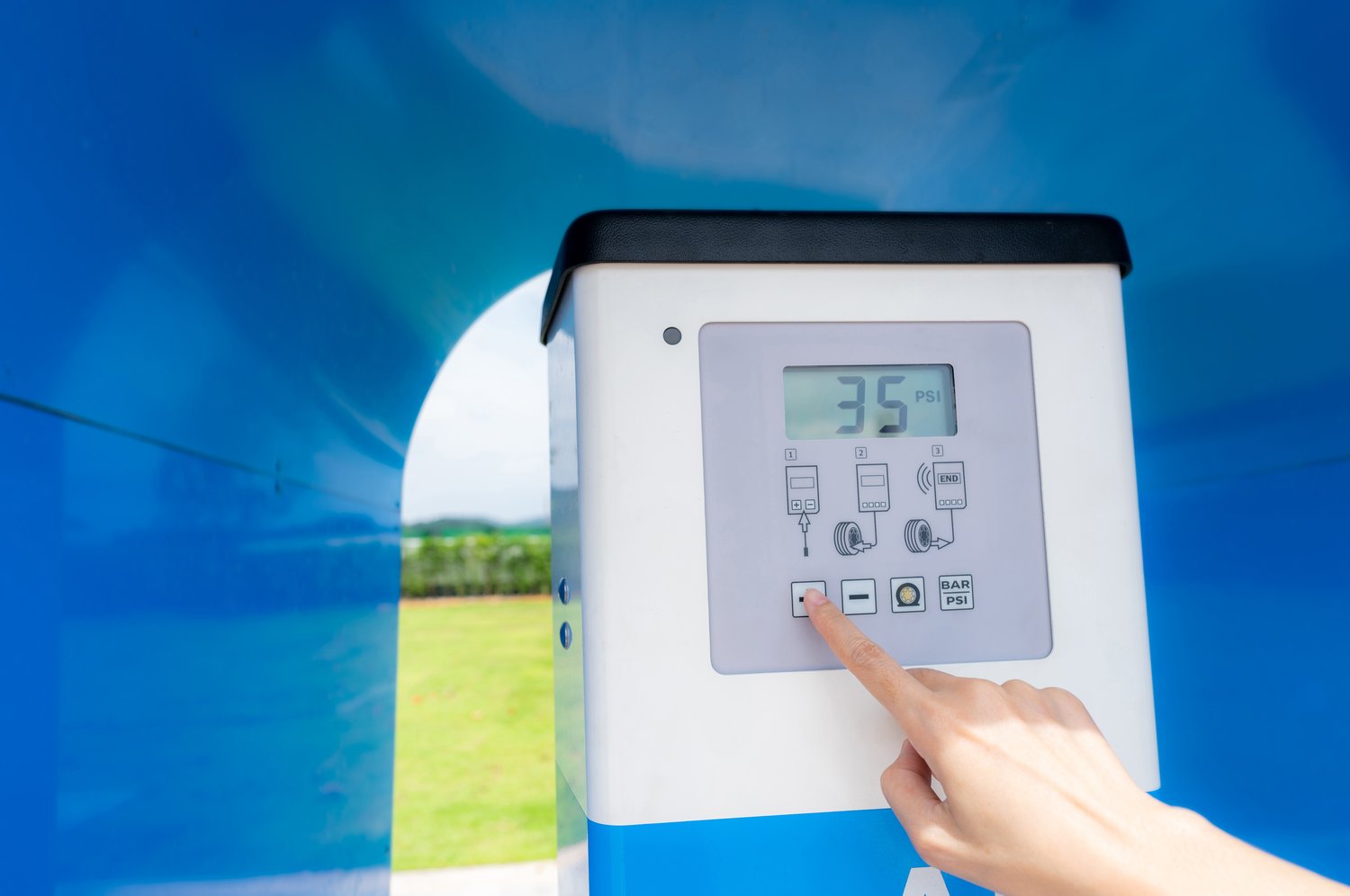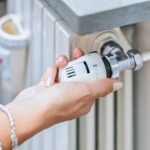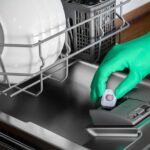Smart irrigation systems are transforming gardens and lawns with their ability to efficiently manage water usage, yet they aren’t immune to hiccups. The complexity lies in their advanced programming and sensor technologies, which can sometimes lead to frustrating issues if not handled correctly. Understanding and addressing these challenges is crucial in maintaining an effective irrigation strategy that promotes lush, healthy landscapes while conserving precious resources.
- Understand the root causes of programming and sensor problems in smart irrigation controllers and their effects on water efficiency.
- Learn to diagnose and fix common programming glitches that might lead to unnecessary water usage.
- Explore solutions to sensor malfunctions that often disrupt optimal irrigation performance.
- Discover effective maintenance tips to ensure your smart irrigation system remains reliable and efficient over time.
By diving into this article, you’ll gain valuable insights into making the most of your smart irrigation controllers, ensuring that your gardens remain vibrant while keeping water waste in check. Embrace these strategies to harness the full potential of your irrigation system!
Understanding Smart Irrigation Controller Problems: Programming and Sensor Fixes
Smart irrigation controllers are increasingly popular for their ability to optimize water usage in gardens and landscapes. However, many users encounter programming and sensor issues that can hinder their system’s performance.
Programming errors often arise due to user input mistakes when setting watering schedules. These can include incorrect start times or durations that lead to over-watering or under-watering specific zones.
Sensor malfunctions might occur when there are poor connections or compatibility issues, disrupting their ability to accurately gauge soil moisture levels or environmental conditions.
The impact of these problems is significant. Inefficient water use not only increases water bills but also affects plant health and harms the environment.
Understanding these issues allows users to apply targeted solutions, enhancing the overall efficiency of their smart irrigation systems.
Diagnosing Common Programming Glitches
Identifying and addressing common programming glitches is crucial to maintaining efficient water usage in smart irrigation systems. First, examine the set watering schedules. Ensure that the start times and durations align with the actual needs of your landscape.
Incorrect configuration can often lead to watering cycles running too frequently or for too long, resulting in water wastage. Use the controller’s manual to cross-check the settings and correct any discrepancies.
An overlooked factor is the failure to update seasonal adjustments. Many systems allow for weather-based changes, which need to be correctly configured to avoid unnecessary watering during rainy periods.
Additionally, check for software updates from the manufacturer. Outdated software can cause glitches, so keeping your controller up to date ensures it operates with the latest improvements and bug fixes.
By systematically addressing these programming errors, you can enhance your system’s efficiency and prevent over-watering, thereby conserving water and supporting healthy plant growth.
Addressing Sensor Malfunctions in Smart Irrigation Systems
Smart irrigation systems are designed to optimize water usage efficiently. However, sensor malfunctions can significantly impede their performance.
Common sensor issues include connectivity problems, inaccurate readings, and power supply failures. These issues may lead to overwatering or underwatering, potentially harming your garden.
Connectivity problems often arise when wireless sensors lose their connection with the central control unit. Ensuring a stable Wi-Fi network and positioning sensors within range can help mitigate this issue.
Inaccurate sensor readings might surface due to calibration errors or dirt accumulating on sensors. Regularly cleaning sensor surfaces and recalibrating them based on manufacturer instructions can enhance accuracy.
For power supply issues, ensure that sensor batteries are fully charged or replaced regularly. Consider utilizing solar-powered options to reduce dependability on battery life.
By understanding these sensor-related problems in smart irrigation systems and applying effective fixes, you can maintain optimal system performance and efficient water usage.
Advanced Troubleshooting for Persistent Issues
In some cases, smart irrigation controllers face persistent issues that basic solutions fail to rectify. Advanced troubleshooting methods become essential to resolve these dilemmas.”
Start by performing a comprehensive system reset. This can help resolve underlying software glitches that standard troubleshooting might overlook. Consult your device manual for specific reset procedures.
Use specialized diagnostic tools compatible with your irrigation controller. These tools offer deeper insights into system analytics and help identify persistently faulty components.
Firmware updates provided by manufacturers can significantly enhance your system’s performance. Regularly check for updates and install them to benefit from new features and bug fixes.
If troubleshooting at home doesn’t yield results, consider consulting with a professional. A qualified technician can perform an in-depth analysis, ensuring your system operates at its best.
Applying these advanced techniques ensures that persistent programming and sensor issues are tackled effectively, paving the way for a more reliable irrigation system.
Maintenance Tips for Long-Term Smart Irrigation Efficiency
Ensuring the long-term efficiency of your smart irrigation system involves more than just the initial setup. Regular maintenance is essential to maximize its performance and water conservation capabilities. Here are some practical tips to help keep your system running efficiently and reliably.
Regularly Update Controller Software: Just like any smart device, smart irrigation controllers benefit from software updates. These updates often include enhancements that improve system efficiency and fix known bugs. Stay informed about the latest updates from your manufacturer to keep your controller operating at its best.
Inspect and Clean Sensors: Sensors play a crucial role in determining when and how much water your landscape needs. Over time, sensors can become obstructed by dirt or debris, leading to inaccurate readings. Regularly inspect and clean your sensors to ensure they provide accurate data. This step is vital for maintaining irrigation efficiency.
Check for Wiring Issues: Proper wiring is fundamental for the seamless operation of your smart system. Periodically look for any signs of wear or corrosion in the wiring connections. Addressing wiring issues promptly can prevent more significant problems, ensuring that the system remains reliable.
Monitor Water Pressure: Consistent water pressure is crucial for optimal irrigation system performance. Fluctuations in pressure can lead to uneven watering. Regularly check the system’s pressure and ensure it remains within the recommended range to avoid potential damage to components.
Test System Performance: Occasionally testing the entire system can help identify any issues that need attention. Conduct a manual run of each irrigation zone, observing the coverage and flow to ensure the system is operating as intended. This proactive step will aid in maintaining system efficiency and catching small issues before they grow.
By integrating these maintenance practices into your routine, you can significantly extend the lifespan of your smart irrigation system, enhancing water efficiency and supporting a healthier landscape. These strategies not only conserve water but also minimize the risk of costly repairs down the line. Maintaining your system wisely guarantees lush gardens while optimizing water usage.
Frequently Asked Questions about Smart Irrigation Controllers
What causes programming issues in smart irrigation controllers?
Programming issues often stem from incorrect settings or outdated firmware. Ensure settings align with your landscape’s requirements.
How can I fix sensor connectivity problems?
Check power sources: Make sure sensor batteries are charged. Also, verify Wi-Fi or Bluetooth connections.
What should I do if my irrigation system over-waters?
- Review scheduling
- Check sensor data
Adjust settings to ensure they match the weather conditions.
How often should I update the controller’s firmware?
Check for updates every 3-6 months to ensure optimal performance and security enhancements.
Why is regular maintenance important for smart irrigation systems?
Regular maintenance prevents malfunctions and ensures efficiency, saving water and reducing costs.





